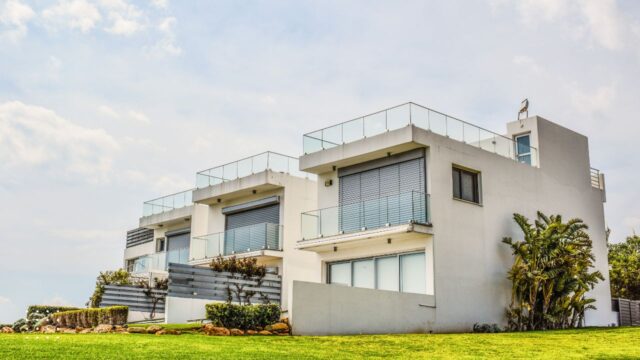
What is a Modified Gross Lease
A modified gross lease is a type of lease in which the tenant is responsible for a portion of the expenses related to the property, such as utilities or insurance. The expenses are typically outlined in the lease agreement. The advantage of a modified gross lease is that it can be more predictable for tenants, since they know exactly what their monthly expenses will be. However, it is important to note that the landlord may still pass on other costs, such as unexpected repairs or maintenance fees. As a result, tenants should be sure to thoroughly review the lease agreement before signing.
What are the benefits of a Modified Gross Lease
There are actually several benefits to this arrangement. First, it provides greater clarity regarding the true cost of occupancy. Second, it helps to create a more equitable division of operating expenses between the landlord and tenant. Finally, it can help to encourage tenants to be more conscious of energy use and other resource consumption. As a result, Modified Gross Leases can offer a number of advantages for both landlords and tenants.
How does a Modified Gross Lease work
A Modified Gross Lease is a type of commercial lease agreement in which the base rent is fixed, but the tenant is responsible for a portion of their own utilities and/or common area maintenance (CAM). The landlord and tenant will typically negotiate who is responsible for which expenses, and these costs can be variable month to month. For example, the tenant may be responsible for their own electricity, but the landlord may cover the cost of water and trash service. In a Modified Gross Lease, the base rent is typically lower than in a traditional Gross Lease, but the tenant bears more of the responsibility for variable expenses. This can be advantageous for tenants who are looking for flexibility in their budget, and landlords who want to keep their overhead low.
What are some things to consider when choosing a lease type
There are a few things to consider when choosing a lease type. The first is how long you plan on staying in the property. If you only plan on leasing for a short period of time, a standard lease may be the best option. However, if you are looking to lease for a longer period of time, you may want to consider a renewable lease. The second thing to consider is your financial situation. If you are financially stable, you may want to consider a fixed-rate lease. However, if you are not as financially stable, you may want to consider a variable-rate lease. The third thing to consider is your credit score. If you have a good credit score, you may qualify for a lower interest rate. However, if you have a poor credit score, you may end up paying a higher interest rate. Lastly, make sure to read the fine print of any lease agreement before signing it. This will help you avoid any surprises down the road.
The Different Types of Commercial Leases
There are three main types of commercial leases: full-service gross, modified gross, and triple net. Full-service gross leases are the most common type of commercial lease. In a full-service gross lease, the landlord covers the cost of building maintenance, utilities, taxes, and insurance. The tenant is only responsible for rent and janitorial services.
Modified gross leases are similar to full-service gross leases, but the tenant is typically responsible for one or more of the expenses that would normally be covered by the landlord. For example, the tenant might be responsible for paying property taxes or professional cleaning services. Triple net leases are the least common type of commercial lease. In a triple net lease, the tenant is responsible for all of the expenses normally covered by the landlord, including utilities, taxes, insurance, and maintenance. As a result, triple net leases typically have lower monthly rental rates than other types of leases.
What’s the Difference Between a Gross Lease and a Modified Gross Lease?
When it comes to leasing commercial space, there are a variety of options available to tenants. Two of the most common types of leases are gross leases and modified gross leases. So, what’s the difference between these two lease types?
A gross lease is a type of lease in which the tenant pays a single, monthly fee that covers all costs associated with the property, including rent, taxes, insurance, and maintenance. Modified gross leases are similar to gross leases, but typically do not include operating expenses like utilities orjanitorial services. As a result, tenants may be responsible for some additional costs beyond their monthly rent payment.
When considering which type of lease is right for your business, it’s important to evaluate your needs and budget. If you’re looking for a simple, all-in-one solution, a gross lease may be the best option. However, if you’re looking to save money on operating expenses, a modified gross lease may be more advantageous. Ultimately, the decision comes down to what makes the most financial sense for your business.


































